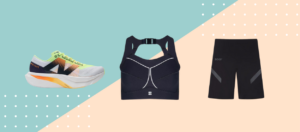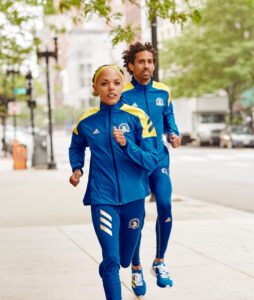How to Choose Proper Gear and Equipment for Marathon Running
Selecting the right gear and equipment for marathon running is essential to ensure comfort, prevent injuries, and enhance performance. Marathon runners need to focus on several factors including footwear, clothing, hydration, and accessories. This guide will help you choose the best gear to keep you moving efficiently and safely during training and on race day.
The Foundation of Marathon Running
Footwear is the most critical piece of gear for marathon runners. Choosing the right pair of shoes can prevent injuries and improve your running experience.
- Fit and Comfort: Look for shoes that fit well without causing discomfort or tightness. Proper cushioning, especially for long distances, is key to reducing foot and joint impact.
- Foot Arch and Pronation: Select shoes based on your foot type—whether you have flat feet, high arches, or normal arches. Understanding your pronation (the way your foot rolls while running) helps in choosing shoes with the right support.
- Durability and Grip: Opt for durable shoes with excellent traction to ensure stability on different terrains. Consider trail shoes if your marathon route includes uneven surfaces.
Staying Comfortable and Dry
Proper clothing not only helps you stay comfortable, but also enhances your performance by regulating body temperature and wicking away sweat.
- Moisture-Wicking Fabric: Choose clothes made of synthetic materials like polyester or nylon. These fabrics draw moisture away from the body, keeping you dry and preventing chafing.
- Layering: Dress in layers, especially during training. A moisture-wicking base layer, an insulating mid-layer (like a light fleece), and a weather-resistant outer layer can adapt to different weather conditions.
Keeping Energy Levels High
Staying hydrated and fueled during a marathon is vital for maintaining energy and performance.
- Hydration Packs and Bottles: Choose a hydration belt or vest with easy-to-access water bottles. For long-distance training, a hydration vest with a reservoir is a great option to keep water readily available.
- Energy Gels and Chews: These are convenient sources of carbohydrates during long runs. Carry enough gels or chews to maintain your energy throughout the marathon.
Small Items That Make a Big Difference
Accessories can greatly enhance your running experience by improving comfort and convenience.
- Running Socks: Invest in moisture-wicking, cushioned socks that prevent blisters and offer arch support.
- Running Watch: A GPS-enabled watch can help you track distance, pace, and heart rate, giving you valuable insights into your performance during training and the race.
- Sunglasses and Headwear: If you’re running in sunny conditions, sunglasses and a lightweight hat or visor protect your eyes and keep you cool.
Preparing for the Big Day
As the marathon day approaches, it’s important to have all your gear ready and tested.
- Race Bib Belt: Use a bib belt instead of safety pins to hold your race number. It is more comfortable and less likely to damage your running gear.
- Compression Gear: Compression socks or sleeves can improve blood flow and reduce muscle fatigue during long races.
- Quality Over Quantity: Invest in high-quality gear that meets your specific needs, rather than purchasing numerous items that don’t serve a purpose.
- Test Your Gear: Use all your equipment during training runs to ensure it’s comfortable and reliable. Never use new gear on race day.
- Comfort is Key: Ensure that all gear, from shoes to clothing to hydration systems, fits properly and feels comfortable during long-distance runs.
Equip and Run!
Choosing the right marathon gear can be the deciding factor between a smooth race and discomfort or injury. Every piece of equipment, from the right shoes and moisture-wicking clothing to hydration systems and running accessories, plays a crucial role in your performance at the marathon. Check your gear during training to make sure everything is working well so you can focus on running your best race.
